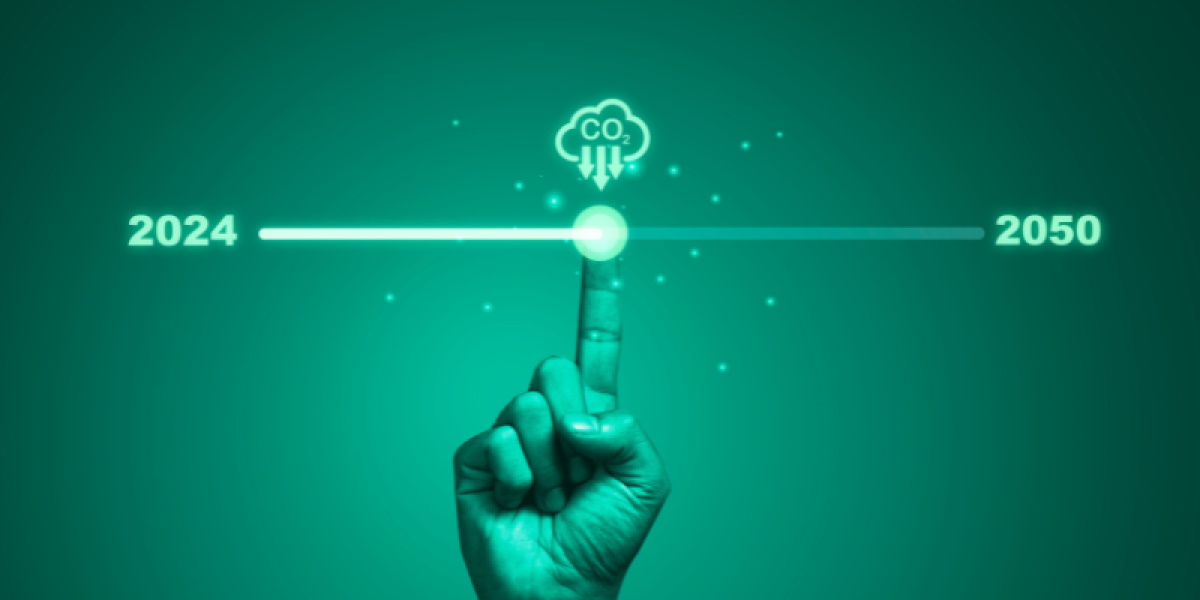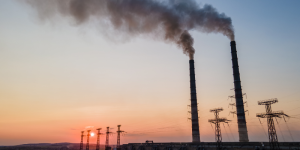The Growing Link Between GDP and CO2 Emissions Has Finally Loosened. Now It Must Be Eliminated Through Energy Efficiency and Renewable Sources
The new IEA report highlights a substantial decrease in CO2 emissions, but more needs to be done to limit global warming.

Since the beginning of the industrial era, fossil fuels have played a crucial role in promoting economic development, being the primary energy source for electricity production, vehicle operation, and industry.
However, this dependence has closely influenced the increase in greenhouse gas emissions, causing numerous negative consequences for the environment and human health.
Today, this scenario is changing thanks to significant improvements in energy efficiency and the rapid expansion of renewable energy, elements that are loosening the link between GDP growth and CO2 emissions.
The new IEA analysis explains why.
CO2 Emissions: Decrease Observed in Both Developed and Emerging Economies
In developed countries, despite economic growth, CO2 emissions peaked in 2007 and then decreased. For example, in the United States, GDP has doubled since 1990, but emissions have returned to 2007 levels.
Similarly, the EU economy has grown by 66% while CO2 emissions have fallen by 30% compared to 1990. This trend is also common in other advanced economies, which together account for over half of global GDP and more than one-third of energy consumption.
In many emerging and developing economies, GDP growth and CO2 emissions trajectories are also starting to diverge. For instance, China has seen its economy expand 14 times since 1990, with emissions increasing only five times.
In India, GDP growth has outpaced CO2 emissions by over 50%. These countries, along with advanced economies, make up over 80% of global GDP and nearly 70% of energy demand.
Some Regions Still Have a Close Link Between GDP and CO2 Emissions
Some regions, such as Southeast Asia and the Middle East, still have a close link between economic growth and emissions, mainly due to dependence on coal and low-cost fossil fuels, as well as ineffective energy policies.
The World Energy Outlook suggests that, thanks to the rapid growth of clean energy investments, global electrification, and improvements in energy efficiency, the link between GDP and CO2 emissions is further loosening.
In particular, CO2 emissions are expected to peak well before 2030, even as global GDP continues to grow.
However, to achieve global climate goals, it is necessary not only to loosen but to completely break the link between economic growth and CO2 emissions. This objective is at the heart of more ambitious scenarios, such as net-zero emissions by 2050, necessary to limit global warming to 1.5°C above pre-industrial levels.
Focus Correlati




